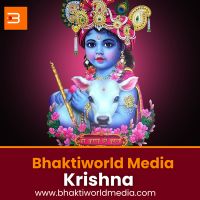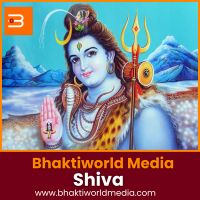Indian music is a vast and vibrant tapestry that weaves together a multitude of traditions, instruments, and styles, reflecting the country's rich cultural heritage and diverse regional influences. At its core, Indian music can be broadly categorized into two main systems: Hindustani and Carnatic.
Hindustani classical music, prevalent in North India, has roots tracing back to ancient Vedic chants and has evolved over centuries through various royal courts and Sufi traditions. It is characterized by its intricate ragas (melodic frameworks) and talas (rhythmic cycles). Ragas are not just melodies but also evoke specific moods and emotions, often associated with particular times of the day or seasons. Instruments like the sitar, sarod, and tabla are quintessential to Hindustani music. The sitar, with its resonant strings and symphonic timbre, is perhaps the most iconic, while the tabla provides a complex rhythm that can range from gentle beats to thunderous rolls.
Carnatic classical music, predominant in South India, also has ancient roots but developed independently of Hindustani music. It emphasizes vocal performances and is known for its elaborate compositions called kritis, which are set to specific ragas and talas. The veena, a stringed instrument with a long neck, and the mridangam, a double-sided drum, are central to Carnatic music. The genre often features improvisational sections where musicians showcase their virtuosity through intricate melodies and rhythms.
Beyond classical music, India boasts a rich tapestry of folk traditions that vary widely by region. Folk music in Rajasthan, for instance, often features the raw, emotive sounds of the khartal (a pair of wooden clappers) and the morchang (a jaw harp). In Punjab, bhangra is a lively and energetic form of folk music accompanied by vigorous dance moves, celebrating harvest festivals. The devotional songs of bhajans and kirtans are widespread across India, often sung in praise of deities like Krishna or Shiva.
Film music, or Bollywood music as it is popularly known, has become a global phenomenon. It blends classical Indian elements with Western influences, creating catchy tunes that accompany the country's prolific film industry. Playback singers like Lata Mangeshkar and Mohammed Rafi have left indelible marks on this genre, while contemporary artists continue to innovate with fusion styles.
Indian music also encompasses a variety of instrumental genres. Instrumental compositions often feature solo performances or duets, showcasing the virtuosity of musicians playing instruments like the shehnai (a double-reed wind instrument), bansuri (bamboo flute), and santoor (a hammered dulcimer). These instruments are celebrated for their ability to evoke deep emotional responses through intricate melodies.
The influence of Indian music extends far beyond its borders, inspiring countless musicians worldwide. The Beatles' exploration of Indian classical music with the sitar under the guidance of Ravi Shankar is a well-known example. Today, fusion genres like world music and jazz-infused Indian sounds continue to gain popularity, blending traditional elements with modern sensibilities.
In conclusion, Indian music is a dynamic and multifaceted art form that encompasses a wide range of styles, instruments, and traditions. From the classical elegance of Hindustani and Carnatic music to the vibrant energy of folk and film music, each genre tells a unique story of India's cultural richness and diversity. Whether through the resonant strings of a sitar or the rhythmic beats of a tabla, Indian music continues to captivate audiences with its depth, complexity, and emotional resonance.
 1.3k
Canada, Edmonton Indian 64 kbps MP3
1.3k
Canada, Edmonton Indian 64 kbps MP3 1.1k
India, Chennai Indian
1.1k
India, Chennai Indian Shakthi FMShakthi FM
Shakthi FMShakthi FM 684
Sri Lanka, Colombo Indian
684
Sri Lanka, Colombo Indian










 1
1













